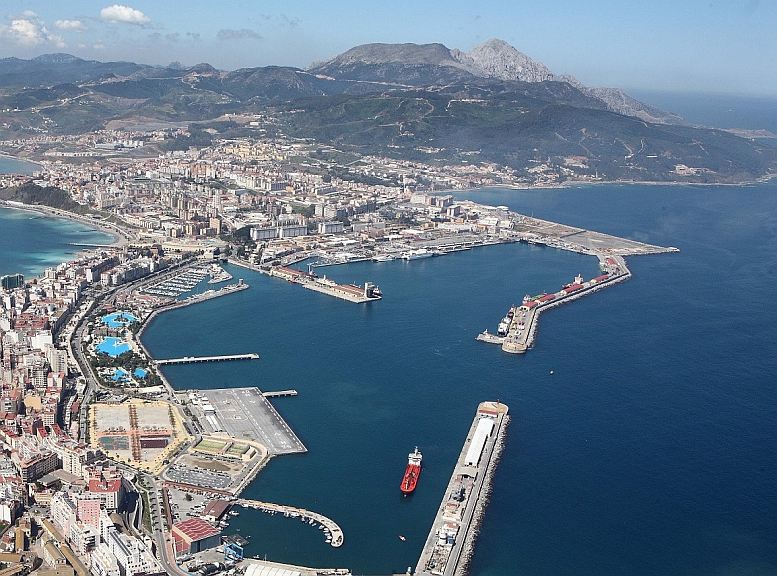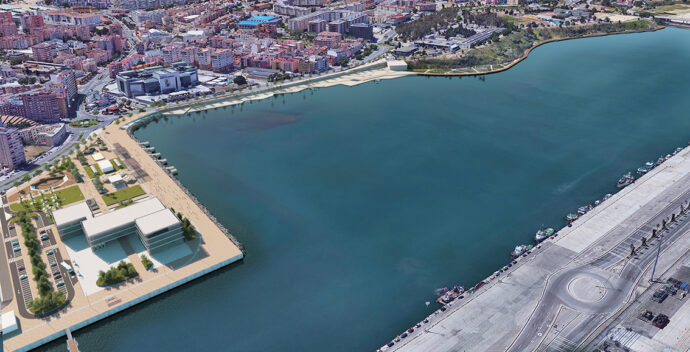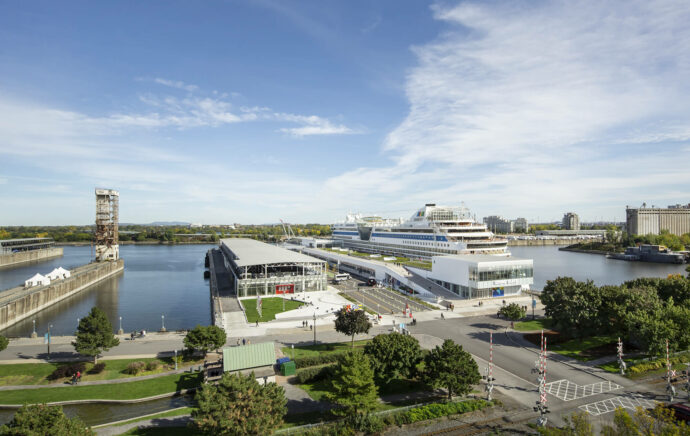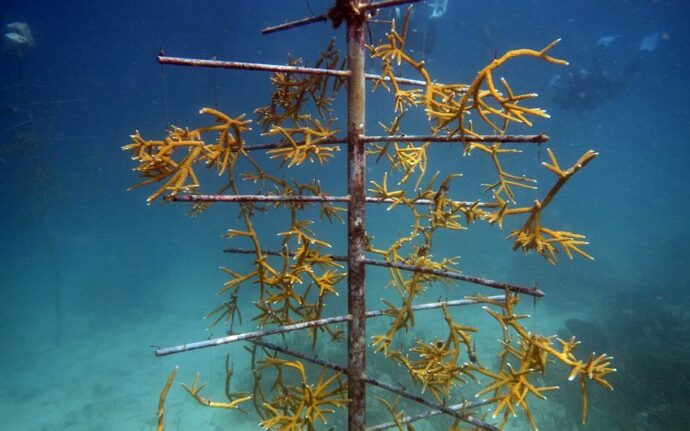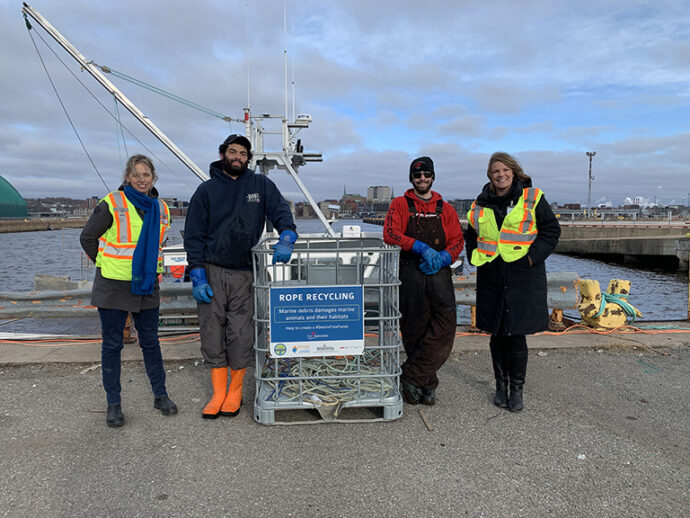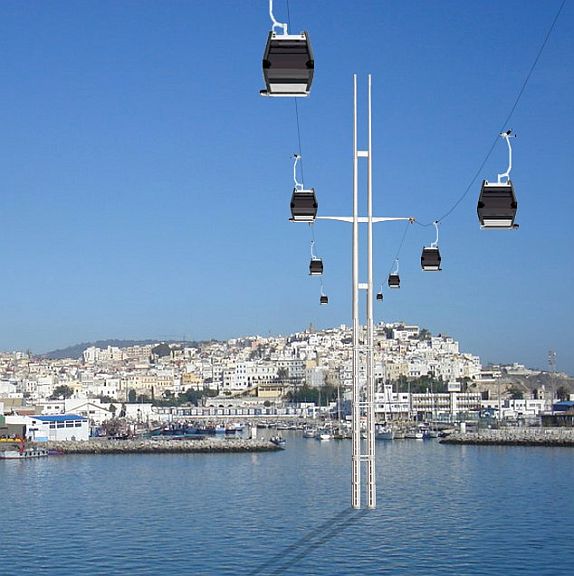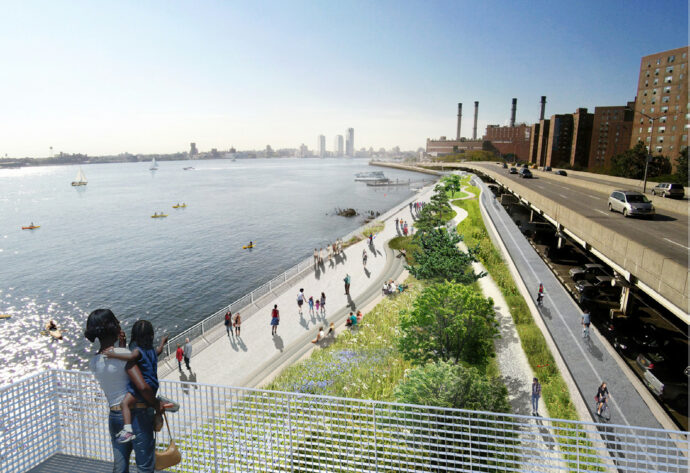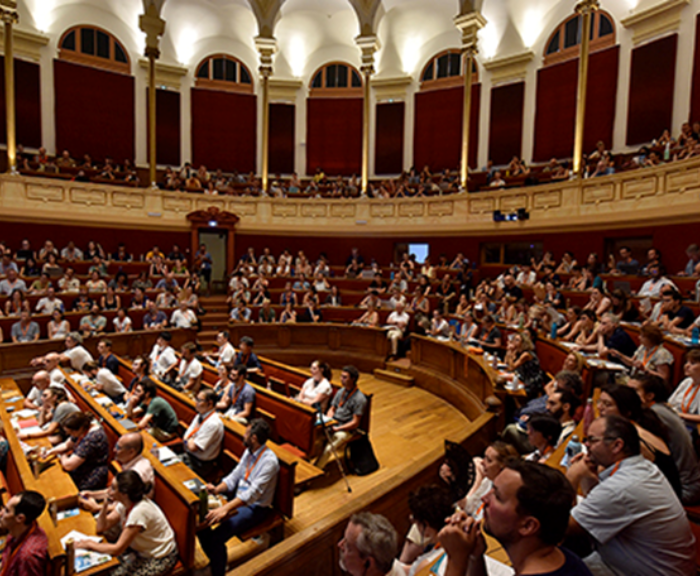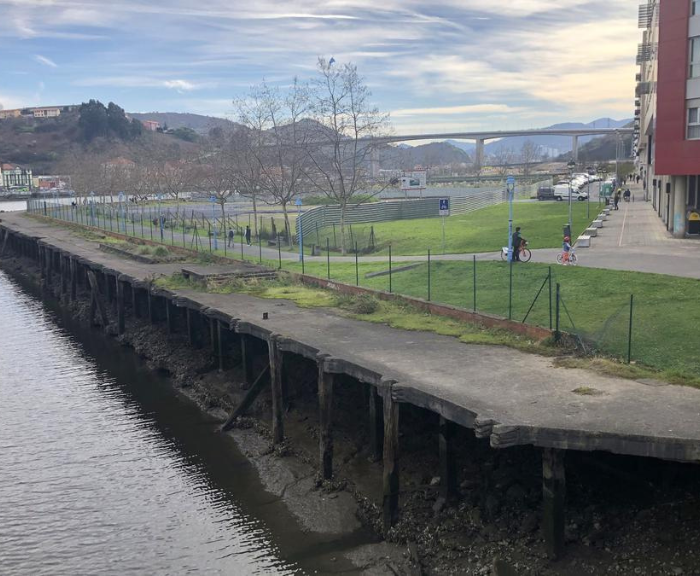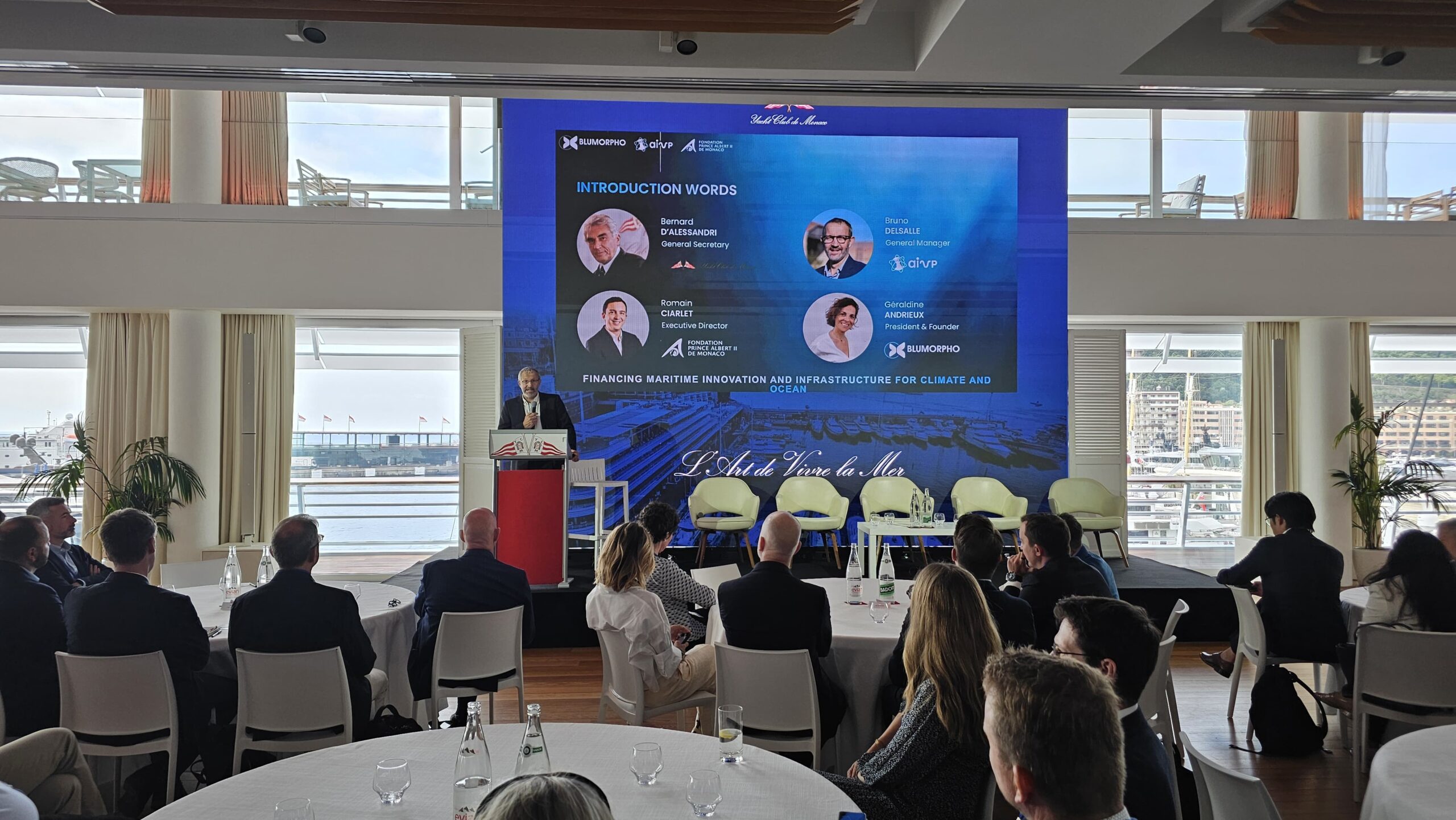10 new examples of good practice have been added to illustrate each of the 10 objectives of the AIVP Agenda 2030. Find innovatory ideas for your own port city!
The current international context dominated by the COVID-19 has temporarily taken the media spot-light from other major global challenges. However, we cannot forget that climate change continues and unfortunately its consequences will not be drastically reduced by a couple of months with less pollution due to the forced quarantine and diminished human activity. The long-term challenges remain, regardless of the attention we may or may not pay to them. For that reason, AIVP has recently updated the AIVP Agenda 2030 website with a new set of positive examples for each of the 10 goals.
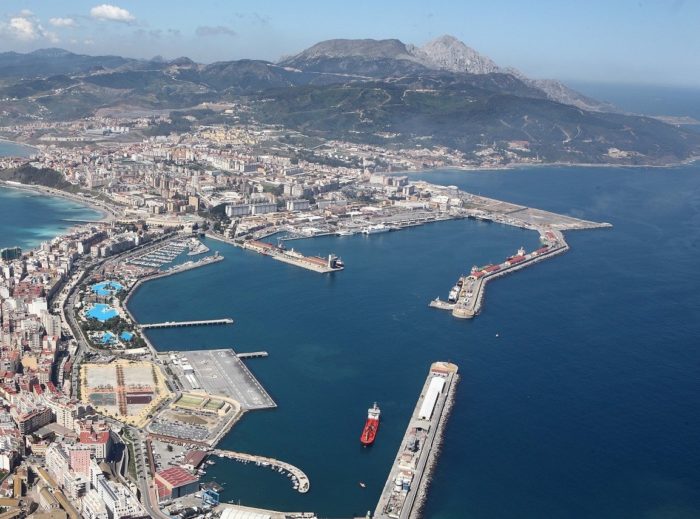
Quick reminder of what is the AIVP 2030 Agenda
AIVP’s 2030 Agenda is the world’s first initiative to adapt the UN’s 17 Sustainable Development Goals for the specific context of City Port relations. The document sets down 10 goals to be achieved by 2030.
The Agenda is designed to guide the actions and projects of port city stakeholders to ensure sustainable relations between the city and port. Port cities frequently find themselves in the front line when it comes to the most serious consequences of climate change (submersion, flooding, hurricanes, etc.), but they are also best placed to test innovative solutions in the following ten areas:
- Adapting to climate change
- Energy transition and circular economy
- Sustainable mobility
- Renewed governance
- Investing in the human capital of port cities
- Port culture and identity
- Quality food for all
- City port interface
- Health and quality of life
- Protecting biodiversity
10 new examples for the 10 goals
The new 10 examples come from all corners of the globe, in different locations. From the climate change adaptation plans in New York City, to the Cáyoli plan for biodiversity protection implemented by the Port of Guadeloupe (France), in the Caribbean Sea.
You can learn about a circular economy project in Brussels (Belgium), new sustainable mobility solutions in Tangier (Morocco), using a cable car, or the reconfiguration of the historic Alexandra Pier in Montreal (Canada), where a new project for the port-city interface has been developed.
You can also see how port city governance remains a crucial issue, as we see in the case of Ceuta (Spain), where not only the citizens are involved, but also local businesses. Also in Spain, we have highlighted how the port of Algeciras is innovating and investing in Human Capital, while from the port of Dublin we can learn how to communicate about all these topics, involving the community and building on port city culture and identity.
Protecting the health and life quality of local citizens is one of the top priorities of ports, as we see in the case of Port Saint John (Canada), where the support projects for a cleaner Bay of Fundy.
Finally, we see indeed city ports are crucial for sustainable food distribution, as the example from Bahía Blanca (Argentina) shows, where they created a new food cluster to look to innovate, linking food production, research and logistics.
These 10 goals summarize the path that port city actors can take towards sustainable port-city relationships and contribute to the global Agenda for sustainable development. We are thankful for the work developed so far, as it is visible in these examples, but we cannot forget that the journey is long. There will be some difficult moments in the way, but we must cannot lose track of our goal and strive towards it.

